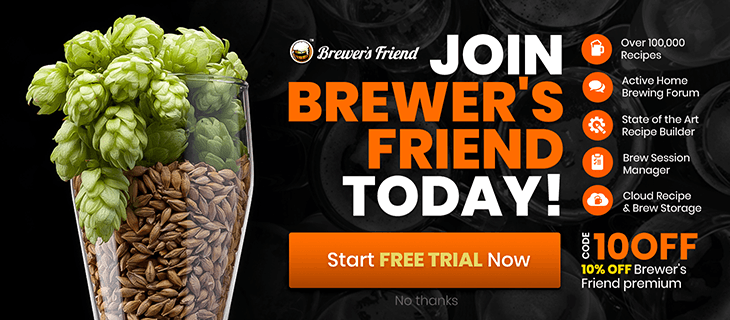So I like a bit more bite to my IPA's. What is the proper way to up the IBU without ruining the composition of an all grain kit? I have ordered and have in the fridge some additional hops. I have 8 oz of Mozaic and 8 oz of Centennial. I understand there are differences in both the volume of hops and WHEN you add it during the boil.
Similarly, I would like to increase the ABV slightly (half to one percent) on the all grain kits without ruining the kit composition. I do have ten pounds extra of two row malt and corn sugar but have not tried adding these so far for fear of ruining a batch (and not knowing how much to add to a batch without ruining it). I cook in five gallon batches. Any and all info appreciated... Chip
Similarly, I would like to increase the ABV slightly (half to one percent) on the all grain kits without ruining the kit composition. I do have ten pounds extra of two row malt and corn sugar but have not tried adding these so far for fear of ruining a batch (and not knowing how much to add to a batch without ruining it). I cook in five gallon batches. Any and all info appreciated... Chip









